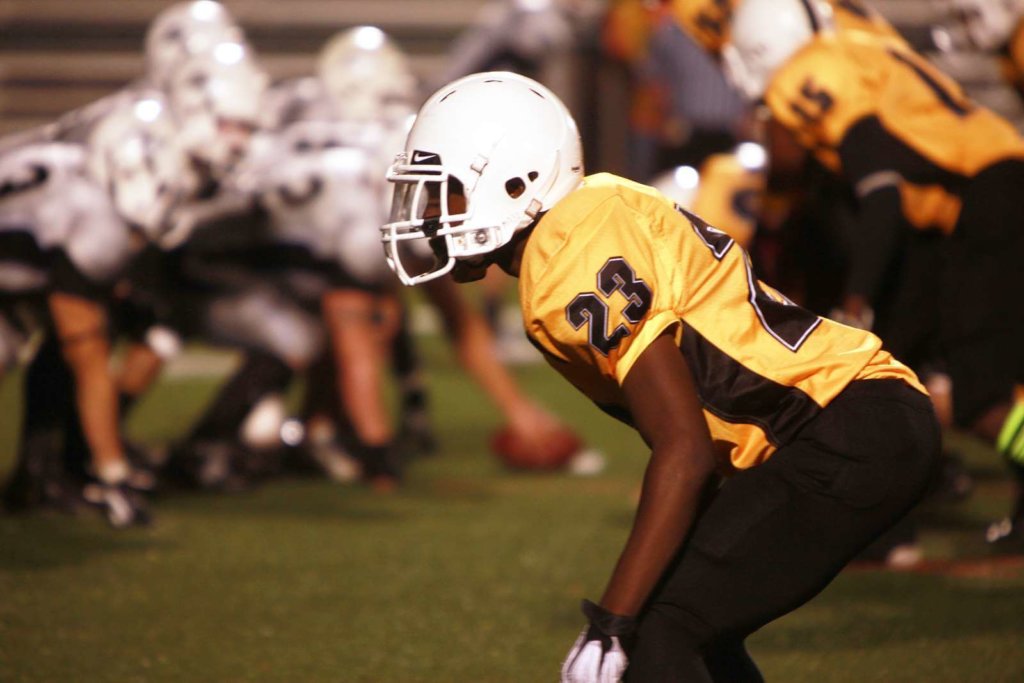Teach the “WHY” Behind Press Technique

Let’s talk about teaching press technique today.
Every coverage ends up in man-to-man. When a CB has to guard a WR, he can turn one of two ways when getting out of his backpedal:
- ZONE TURN is when the CB turns into the QB and reads hi actions.
- MAN TURN is when the CB turns into the WR, taking his eyes off the QB.
Here are good rules for which turn to make:
CBs Zone Turn anytime there are twins or trips to their side.
CBs Man Turn when there is one WR to their side.
We start our teaching of man-to-man techniques from the press technique because that is easier to teach.
The CBs outside foot splits the WR’s crotch to take inside leverage away. If he wants to go inside, punch his V-neck with your inside hand to slow his path and then punch with outside hand to open your hips, forcing him laterally down the line.
If the WR takes an outside release, punch his V-neck with outside hand and then punch with inside hand to open up CB’s hips. Eyes are on the WR’s belt because the WR will have to sink his hips before he makes a break.
GETTING IN-PHASE
Once the CB is guarding a receiver, we would like him HIP TO HIP, slightly behind the WR, close enough to get their hand to the receiver’s hip while still maintaining a slight bend in the elbow. The CB can make a play on the BALL when he is IN-PHASE.
On the other hand, we will define being out-of-phase as the defender not being in position to make a play on the ball. This means the defender will need to play the receiver’s hands instead.
There are a million DB drills out there, but the key is the progression used to teach the techniques, as well as the players’ understanding the “why” behind each technique. Teaching a technique is one thing, but without teaching the student-athlete the “why,” we are not truly helping that individual become a better player.
TEACHING PROGRESSION
Start by teaching the correct body position and posture, simulating perfect positioning against a receiver downfield. We will start out by jogging and will not use a football. The defender will start in-phase with the receiver and on the whistle, both players will job at 60-75% speed.
The defender should lean or “wedge” into the receiver. The body lean from the defender needs to be strong enough to force some movement from the receiver, hopefully forcing the receiver off his route and either towards the sideline or towards the defender’s help.
I hope this helps you teach, but also be a reminder to always explain the “why” to your players.





Responses